Labor Day in the US: The Hard Facts
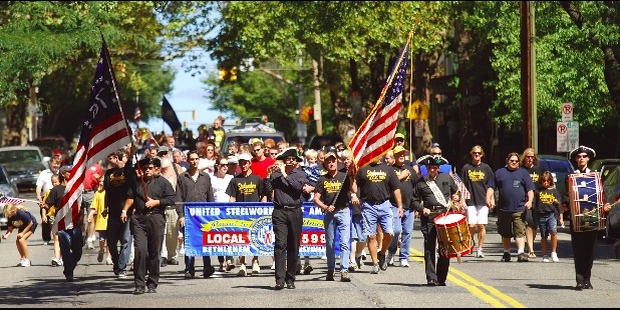
Everyone needs a day to unwind and be appreciated at the same time for all the hardwork that they have done throughout the year. And the holiday that does both of that is Labor Day. It is always a great time to celebrate labor day as it is always celebrated after the weekend, thus making it into a long weekend where the workers can spend some great quality time with their family and appreciate what they have and reenergize them for another year at their job until the next labor day celebrations. Where great sales can be found and a lot of fun and festivities are being done throughout the entire country.
Labor day initially started in Canada back in 1872 in Toronto, Ontario where it held a 9-hour parade but it has since been celebrated in places beyond the country starting with their nearest neighbor, the United States of America. Nowadays, more than eighty countries celebrate the holiday or their own version of it, at different dates depending on their own choosing. So now we will be taking a look at some facts about Labor Day and in particular, the Labor Day of the United States of America.
1. Unestablished Origins in the USA
There has always been disagreement as to who was the 1st person to propose the holiday that we all know today as labor day. Some say it was Matthew Maguire, a machinist who was a member of the International Association of Machinists, while others say it was Peter McGuire, a carpenter who had witnessed an annual labor festival in Canada and was part of the Brotherhood of Carpenters.
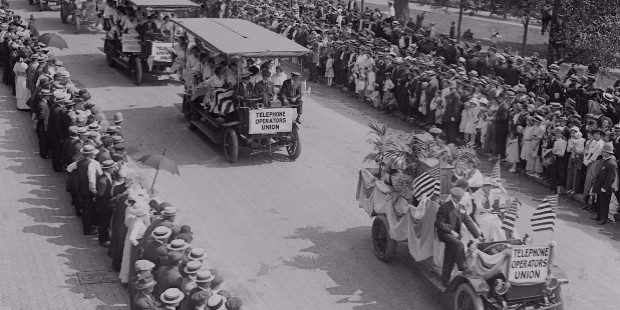
Whichever the case, it is unclear why historians are still debating to this day or have just given up entirely on who was the proper harbringer of the holiday. They have probably just thought it was unnecessary in the overall perspective of the masses nowadays.
2. Unpaid on the 1st Day
The 1st time that Labor Day was ever celebrated in the United States of America was in New York City on September 5, 1882, which was planned by the Central Labor Union.
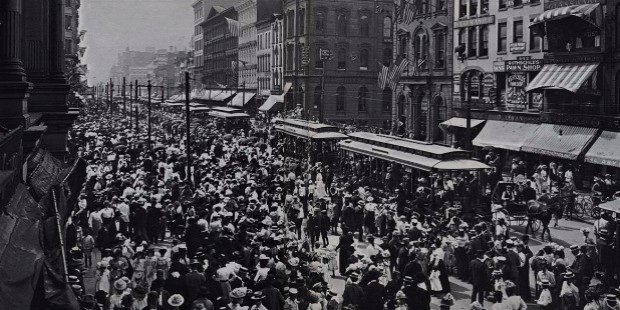
There were around 10,000 New York workers participating in the parade and they marched from City Hall all the way to 42nd Street and then met with their families in 92nd Street and 9th Avenue at Wendel’s Elm Park for a picnic, concert, and speeches. All of them were on unpaid leaves.
3. Legalization Matters
It was the state of Oregon that first made Labor Day a legal holiday in 1887. It took seven years later for it to become an official national holiday. In 1894, President Grover Cleveland and the U.S. Congress unanimously approved of establishing labor day as a national holiday.
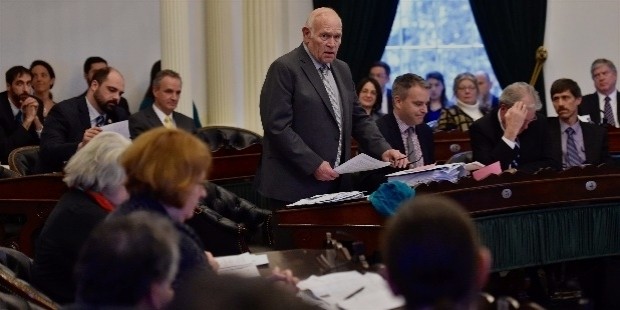
Their decision was heavily influenced by the death of workers at the hands of United States Army and United States Marshals Service during the Pullman Strike of 1894 in Chicago.
4. Taxing Work Conditions
In the late 1800s, the amount of labor was immense, so much so that most American workers had to work 12 hour shift, seven days a week. Some states had imposed restrictions on the age of their workers but other states had children working in mines, mills, and factories and their ages were as young as 5 or 6 years old. Even the elderly and poor immigrants had to work in unsafe conditions with a low payrate.
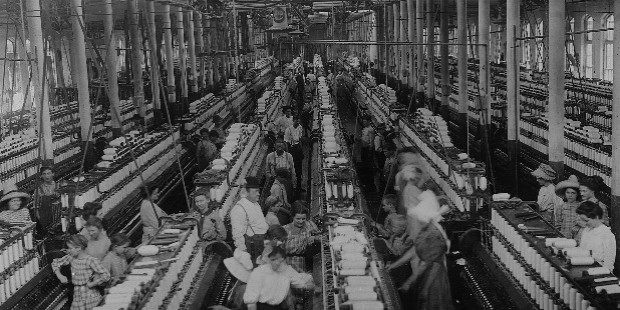
It may have been the height of the Industrial Revolution but those times were among the hardest for any laborer. So a rest day was sorely needed and when Labor Day was established it provided a great relief on many of the workers.
5. No White Clothes After Labor Day
In the past there used to be a tradition where people would not wear any white clothing after Labor Day.
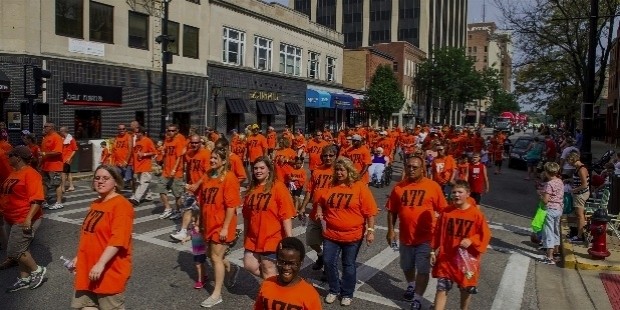
The reason for that was believed by historians to be because there was a time when the upper class would return from their summer vacations and stow away their white summer clothes as they returned back to school and work.
6. End of Summer?
Labor Day may be the day where the workers are getting their tributes paid to them while they take a much deserve day off from all the hustle and bustle as well as the stress it brings to the table, but it is also the signal for endings and beginnings.
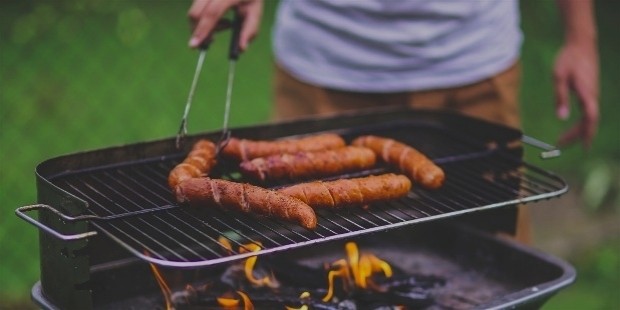
It is most prominently known as the unofficial end of summer. It is also known as the signal for the start of the American football season and it is usually the last day before students go back to school though some schools start the week before thus making the Labor Day weekend the first three-day weekend. So people usually end it with a bang with athletic events, parades and parties, as well as barbecues, trips, and fireworks.
7. Shopping Spree
When people are free to spen the day with their loved ones then there is almost always a big chance that they will go around and look for some new things to buy. So it goes without saying that many retailers make use of this chance to try to have some big sales to increase sales thanks to the high volume of people coming and going through their stores during Labor Day and it is also great for those back-to-school sales.

Labor Day has become quite a popular day for shoppers and retailers alike that it has now become the 2nd biggest shopping day in the United States of America with the 1st being Black Friday.
8. Labor Day Carnival
To this day, there is still a Labor Day parade being celebrated in the state of its origins, New York City. It is now usually called the Labor Day Carnival.
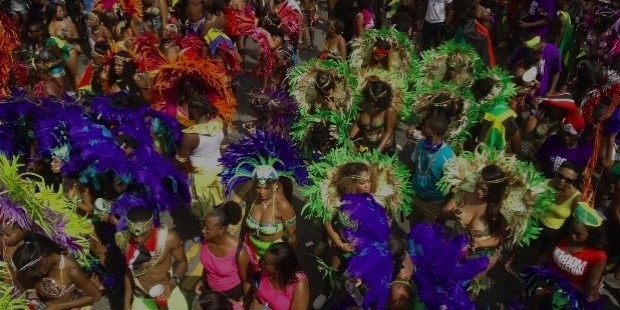
It takes place throughout the twenty blocks that are north of the 1882 labor march. The carnival has people in costumes and makes it look like Rio's Carnival, which is the largest one in the world. The parade would usually attract between one and three million participants.









